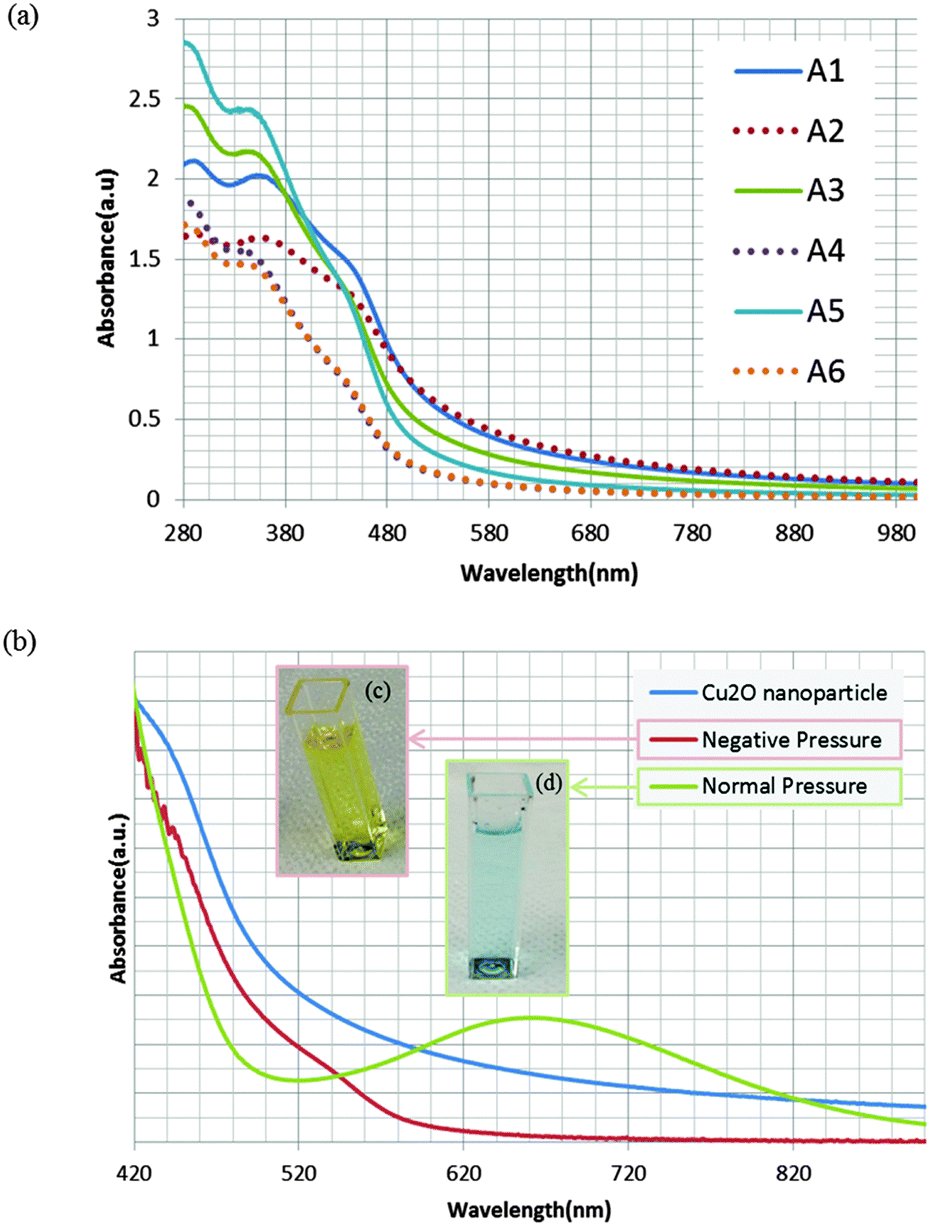Gokhan Gureser
PMP, LSS MBB, ASQ CSSBB
Continuous Improvement Expert
Thermal degradation of thermoset resins/ click here to get pdf
The ageing procedure was created using DFSS procedure to predict effective lifetime of plastic based products based on thermal and humidity degradation of resins.
The Case and Objective
The introduction of polymer based product requires the assurance that they can be used and stored for an extended period without any defect or performance failure that can affect efficacy after some years. At fist glance, referencing customer perception, insulation material is expected to be durable for more than 20 years. Since it is impossible almost always waiting 20 years to observe product evolution, it is generally necessary to conduct accelerated aging tests to provide experimental data in support of performance.
The aging of products or materials refers to the variation of their properties over time, the properties of interest being those related to safety and efficacy. Accelerated aging can be defined as a procedure that seeks to determine the response of a device or material under normal-usage conditions over a relatively long time, by subjecting the product for a much shorter time to stresses that are more severe or more frequently applied than normal environmental or operational stresses.
The Work
The primary reason for using accelerated-aging techniques in the qualification testing is to bring the product to market at the earliest possible time. The goal is to benefit both the customer—for example, through early availability of a more qualified product- and the company—by generating additional sales and market share—without exposing either to any undue risk.
From technical point of view, degradation of chemicals should be comprehended well, before intending preparing a procedure of product aging.
What does determine degradation chemistry?
1. Functional chemical groups of chemicals (crystalline, glass, amorphous, etc.)
2. Additives
3. Variations in product use and storage environment
Polymer ageing may involve physical ageing without chemical reaction occurring; chemical changes such as cross-linking during curing of a thermo-set; thermal conditioning at elevated temperature; photochemical ageing, as occurs in weathering.
The most common methods to accelerated aging methods can be classified as; [4, Andrew Baker]
Multiple cycles of boiling and elevated temperature drying
Multiple cycles of vacuum pressure soaking and intermediate temperature dyring
The 6 cycle of ASTM 1037 D
Continuous exposure to weathering
For previously characterized polymers, a simplified approach for accelerated aging is based on
Conducting testing at a single accelerated temperature
Employing the rule stating that the rate of a chemical reaction will increase by a factor Q10 for every 10°C increase in temperature.
Result
An ageing procedure was created merging many standards including ASTM, CE, AENOR and ACERMI. In this procedure the temperature and humidity profiles are shown in the following graph. This method seemed to be prepared in order to evaluate the polymer degradation in glass wool, taking essentially Arhenius Equation as reference and main assumption. Arrhenius functions—long the basis for studying most chemical reactions— states that an increase or decrease in the reaction rate at which a chemical reaction precedes changes.


